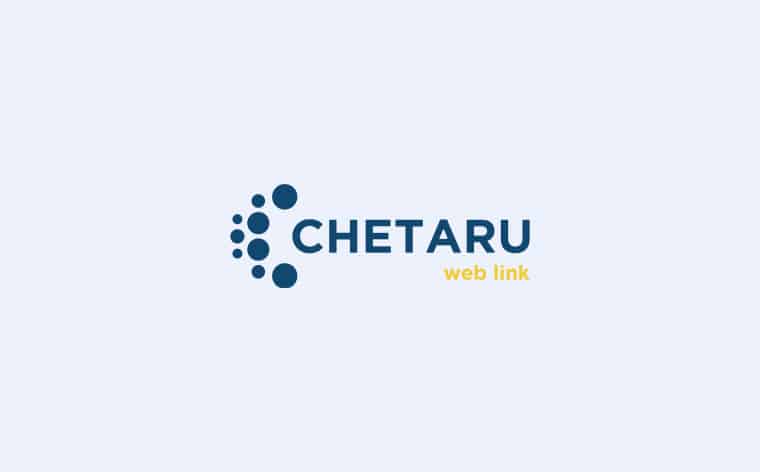Dash or Underscore in URL
21 May 2025 | 4 min readWhich Is Better for SEO?
When optimizing your website for search engines, every detail counts—including something as small as how you structure your URLs. If you’re wondering whether to use a dash (-) or an underscore (_) in your URLs, you’re not alone.
For D2C brand owners, SMBs, and web/digital agencies, this decision impacts more than just appearance. It can directly affect your website’s search engine visibility, click-through rates, and even usability across devices.
In this blog, we’ll break down the key differences between dashes and underscores in URLs, explain which is better for SEO, and share best practices backed by Google’s own guidelines and industry insights.
Dash vs. Underscore in URLs: What’s the Difference?
How They Work
A URL (Uniform Resource Locator) is the address of a webpage. In content-rich URLs, words are often separated for clarity and SEO. The two most commonly used separators are:
- Dash (-): Example – https://example.com/best-seo-tools
- Underscore (_): Example – https://example.com/best_seo_tools
While these may seem interchangeable, they are interpreted very differently by Google and users.
Why Dashes Are Better for SEO
1. Google Treats Dashes as Word Separators
Google clearly states that hyphens (dashes) are recognized as space equivalents, which helps the algorithm interpret each word correctly. For instance, a URL like best-seo-tools is read as three separate keywords: “best”, “seo”, and “tools”.
On the other hand, underscores do not serve this function. A URL like best_seo_tools is viewed as a single, unbroken string—potentially hurting keyword relevance.
Google’s Official Guidance on URL Structure
2. Dashes Improve User Experience and Readability
From a human readability standpoint, dashes make URLs cleaner and easier to scan—especially on mobile devices or in search snippets.
For example:
- example.com/responsive-web-design-best-practices
is easier to understand than - example.com/responsive_web_design_best_practices
This readability translates into higher CTRs (Click-Through Rates), particularly for D2C and SMB brands competing in crowded digital spaces.
3. Technical Compatibility Across Systems
Underscores can occasionally pose technical issues in some web servers, frameworks, and CMS platforms. Some systems treat underscores as variable characters or fail to parse them properly in URLs. Dashes, however, are universally supported and far less prone to parsing errors.
4. Consistency Matters for SEO
Maintaining a consistent URL structure using dashes across your entire website builds trust with search engines and users. Switching between underscores and dashes—or mixing both—can confuse crawlers and result in duplicate content issues.
Real-World Example: Why It Matters
Let’s say your agency is launching a mobile-first web design project for a D2C skincare brand. The project involves creating category pages with SEO-friendly URLs. Choosing example.com/organic-skincare-products (with dashes) ensures search engines can properly identify your keywords and users can read it at a glance.
Had you chosen example.com/organic_skincare_products, you’d lose the SEO benefit of individual keyword recognition.
SEO-Friendly URL Best Practices
- Use dashes (-) as word separators.
- Avoid underscores (_) in public-facing URLs.
- Keep URLs short, descriptive, and keyword-rich.
- Follow a mobile-first approach for readability.
- Maintain consistency across all URLs.
- Avoid stop words like “and”, “the”, “of” where possible.
How to Update URLs Without Losing SEO Value
If you ever need to change your URLs—for example, switching from underscores to dashes—it’s important to do it carefully to avoid losing your existing SEO rankings. The first step is to set up 301 redirects, which permanently point the old URL to the new one. This tells both users and search engines that the page has moved, helping you retain traffic and link equity. Next, be sure to inform Google about the changes by updating your sitemap and submitting it through Google Search Console. This speeds up the indexing process for your new URLs. Finally, regularly check for broken links or crawl errors using tools like Google Search Console or Screaming Frog. Fixing these issues quickly ensures a smooth experience for users and helps maintain your site’s SEO performance.
Case Study: SEO Impact of Switching from Underscores to Dashes
A mid-sized D2C fashion brand was using underscores in product URLs (e.g., example.com/men_leather_jacket) and struggling with poor search rankings. After switching to hyphens (e.g., example.com/men-leather-jacket)—as recommended by Google—they implemented 301 redirects, updated internal links, and resubmitted their sitemap via Google Search Console.
Within 60 days:
- Organic traffic increased by 18%
- CTR improved by 11%
- Average ranking position moved from page 2 to page 1
This change reinforced that proper URL formatting—like using dashes—can significantly boost SEO performance with minimal effort.
Frequently Asked Questions
1. Are underscores ever acceptable in URLs?
Technically, yes—but only in controlled environments like internal development or tracking URLs. For public-facing pages, Google recommends dashes.
2. Can changing URLs affect my SEO?
Yes. Changing existing URLs can lead to traffic loss unless you implement proper 301 redirects. Always consult an SEO expert before making large-scale changes.
3. What about screen size and URL display—does it matter?
Yes. For responsive design and mobile-first web design, short, clean URLs with dashes are easier to display on smaller screens and provide a better user experience.
Conclusion
Choosing dashes over underscores in your URLs isn’t just a stylistic decision—it’s a best practice supported by Google, technical standards, and real-world SEO performance.
By using dashes, your URLs become:
- Search engine-friendly
- Easier for users to understand
- Technically reliable across systems
For D2C brands, SMBs, and digital agencies, this small shift can contribute to a measurable lift in rankings, engagement, and conversions.
Need Help Optimizing Your Website’s Structure?
At Chetaru Web Link, we specialize in building SEO-optimized, mobile-first websites that convert. Whether you’re launching a new D2C brand or refining your current digital presence, our expert team can help you implement web design best practices, improve structure, and maximize your search performance.
Contact us today to schedule a free consultation and let’s build a site that performs on every screen size and search engine.
